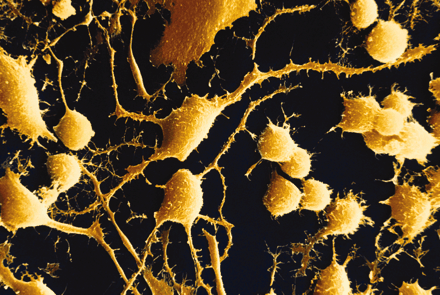CaMKII, an Enzyme on the Move: Regulation of Temporospatial Localization
Abstract
Calcium-calmodulin–dependent protein kinase II (CaMKII) is an important regulator of neuronal and behavioral plasticity. Studies in which the subcellular distribution of CaMKII has been altered argue that targeting of this enzyme to specific subcellular compartments is crucial to many of its roles. Understanding how a very abundant enzyme can achieve specificity of action over time and space requires an understanding of the functional diversity of the enzyme and its distribution. In this review we will discuss how structurally distinct isozymes, splice isoforms, and autophosphorylation states of CaMKII can affect kinase activity and localization. We will focus on the fast activity-dependent synaptic localization of the kinase and its association with postsynaptic proteins. The ability of enzyme activation to regulate protein–protein interactions with these binding partners and the potential for such binding interactions to regulate CaMKII activity in novel ways may represent new paradigm for CaMKII regulation.

Copyright Photo Researchers, Inc. 2002
- © American Society for Pharmacology and Experimental Theraputics 2010



